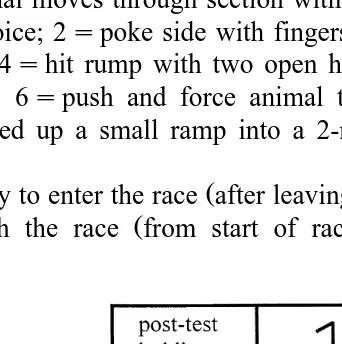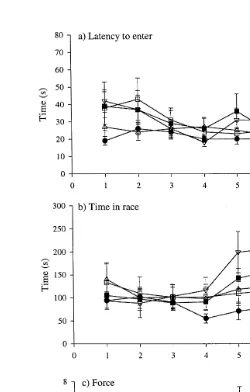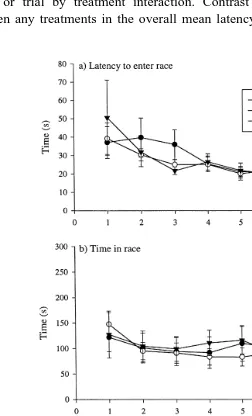Directory UMM :Data Elmu:jurnal:A:Applied Animal Behaviour Science:Vol69.Issue2.Sept2000:
Teks penuh
Gambar




Dokumen terkait
The dairy cows were drawn from proportion over GE intake or digestible energy (DE) ten feeding experiments (Cushnahan et al., 1995; intake in dairy cattle offered diets based on
(1982) reported that Brahman cattle averaged one mount (initiated and received) per hour during oestrus, whereas Charolais cows averaged 2.8 mounts (initiated and received) during
In conclusion, ®ve factors, labelled as reaction to humans, active response to stress, passive response to stress, feeding behaviour and social rank, could explain 81% of the
Ž The development of stereotypies and polydipsia was studied in wild caught bank voles P:. All animals were kept isolated in barren cages in the laboratory. In the P generation,
Lameness in cattle is a major welfare problem and has important economic implications. It is known that lameness has a multifactorial causation; however, it is still not clear why
One of the major concerns is the effect of density on balancing ability and injuries during slaughter horse transportation. Some livestock haulers maintain that animals transported at
This study examined the relationships between the attitude and the behaviour of the stockper- son towards cows and the behavioural response to humans and the milk production of cows
A section with three papers concerning bovine infection follows for both the animals and contaminated milk and meat from bovines are often the source of infection for humans